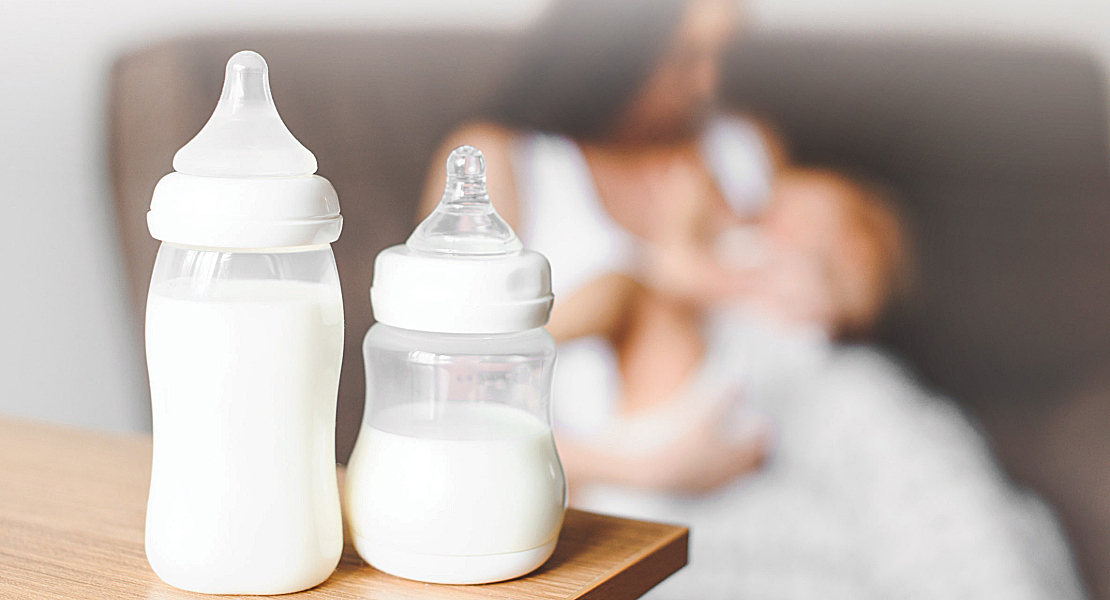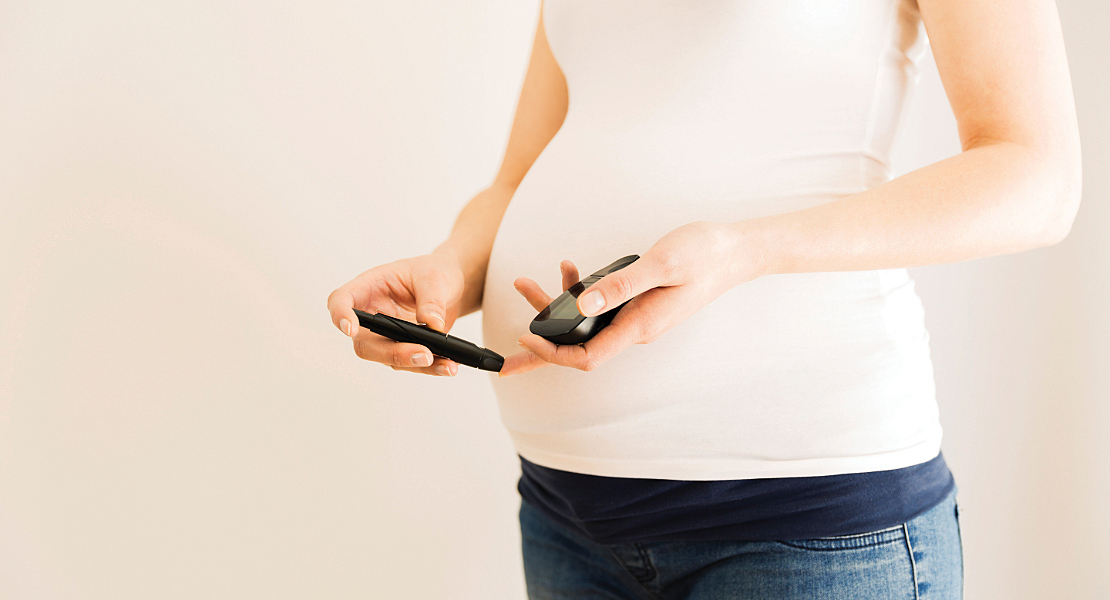More Evidence to Show Breastfeeding Lowers Diabetes Risk
Dr Kris Lok | Assistant Professor
Researchers in the School of Nursing have discovered another reason why breastfeeding is best, especially for Asian women who are diagnosed with gestational mellitus diabetes (GDM): it can reduce the risk of developing full-blown Type II diabetes mellitus (DM).
GDM is usually diagnosed in the last trimester of pregnancy and is associated with negative outcomes for both mother and child, such as macrosomia, caesarean delivery, pre-term birth, jaundice and stillbirth. Women who are diagnosed with GDM are almost four times more likely to develop DM over their lifetime.
Earlier studies had suggested breastfeeding can reduce this risk, but there were still unanswered questions that attracted the interest of Assistant Professor Dr Kris Lok and her colleagues.
“Breastfeeding is associated with short-term improvement in glucose metabolism in women after they give birth, and in long-term reduction of risk from cardiometabolic disease. But only a few studies have been done on breastfeeding intensity and its effects on glucose tolerance post-partum. And all of these studies have been on Western populations – none have been done on Asian populations,” Dr Lok said.
That last point is important because Asian people have higher rates of diabetes than in the West. In Hong Kong, 14 per cent of pregnant women will develop GDM. Dr Lok’s team wanted to see if breastfeeding could reduce glucose intolerance in the early period after birth, and whether this offered an avenue for early intervention.
They recruited 683 pregnant women who were diagnosed with gestational diabetes between September 2015 and January 2017. A full range of demographic and medical data was collected including, importantly, the prevalence of impaired glucose tolerance (IGT) at the six-week post-partum visit. The women’s breastfeeding status was also recorded in terms of whether they practiced exclusive breastfeeding, non-exclusive breastfeeding, or exclusive formula feeding.
The results showed that at the six-week visit, 76.4 per cent of the women had reverted to normal glucose tolerance, 20.6 per cent had IGT, and 2.9 per cent met the cut-off for DM. Those who had IGT were more likely to have a first-degree relative with DM and to have had GDM in a previous pregnancy, higher pre-pregnancy body mass index, diagnosis of GDM earlier in their pregnancy, and higher blood glucose values.
Importantly, breastfeeding was found to mitigate these effects among the 36 per cent of participants who were exclusively breastfeeding and 43.2 per cent who were doing so non-exclusively.
“We found that women who both exclusively and non-exclusively breastfed had lower odds of IGT – and this was true even for overweight and obese women,” Dr Lok said.
As little as two weeks of exclusive breastfeeding was associated with a 50 per cent reduction in the odds of IGT in overweight and obese women, compared with overweight and obese women who did not breastfeed. That benefit rose to a 70 per cent reduction if they were still exclusively breastfeeding at the six-week postpartum visit.
“Our findings show breastfeeding can improve glycaemic control and glucose tolerance in women with recent GDM. It should be encouraged and supported in this high-risk group of women to help prevent the onset of DM later in life,” she said.
The study also recommended that women with GDM in pregnancy receive ongoing education to reduce the risk of developing DM, as well as regular, lifelong screening for DM.
Back


